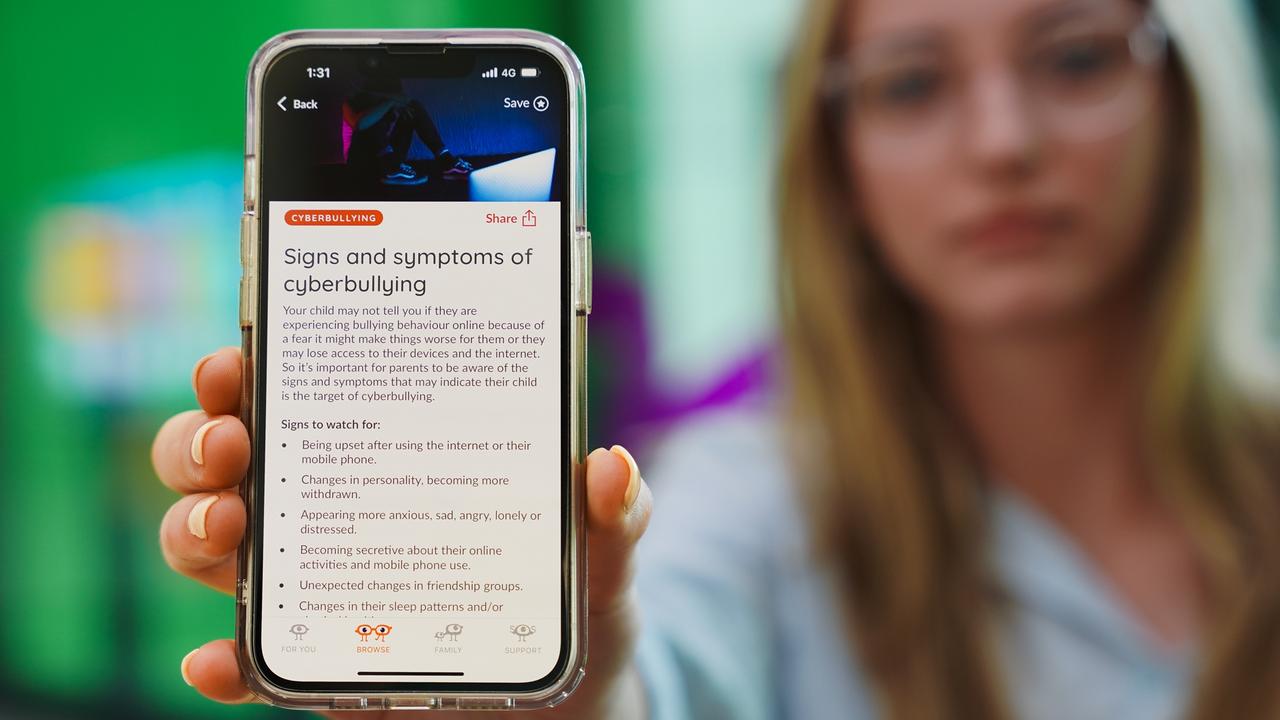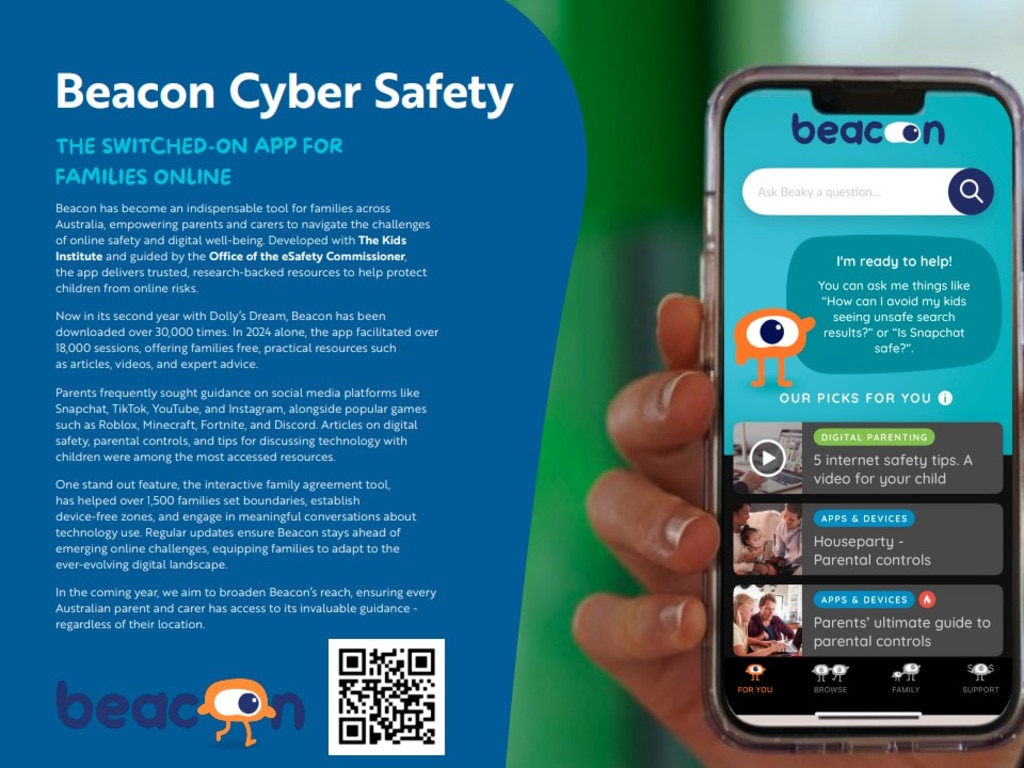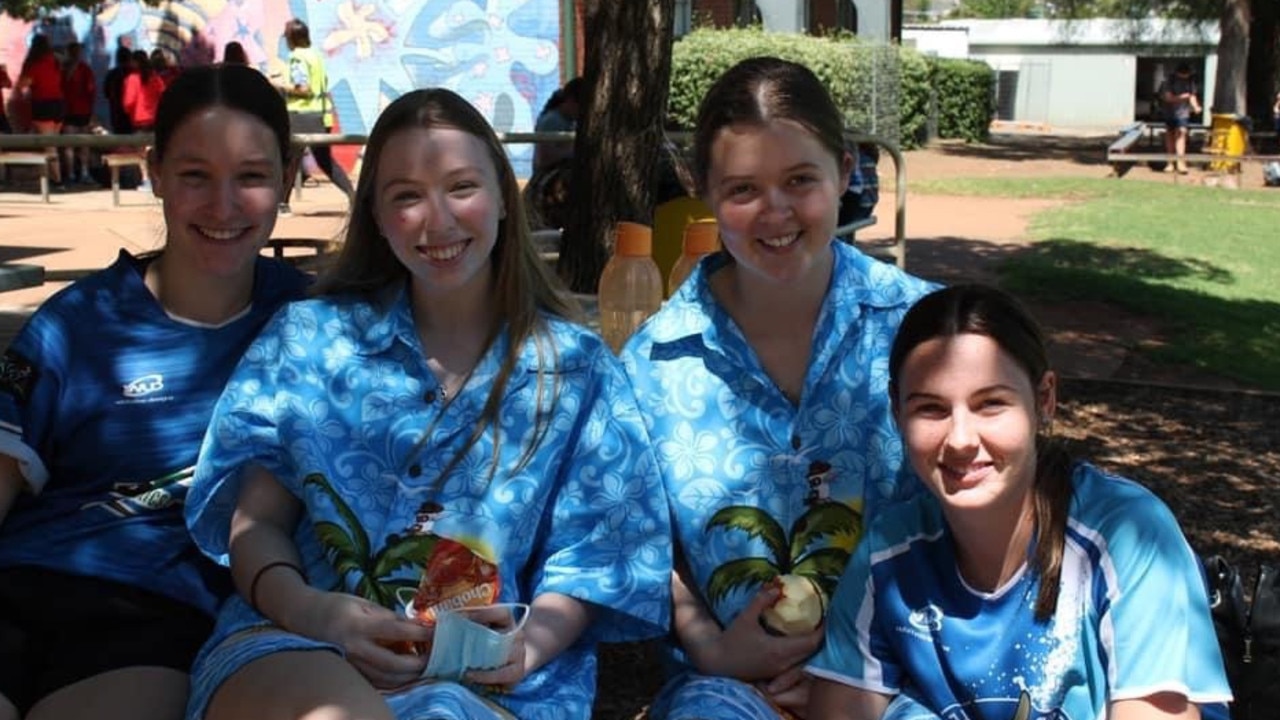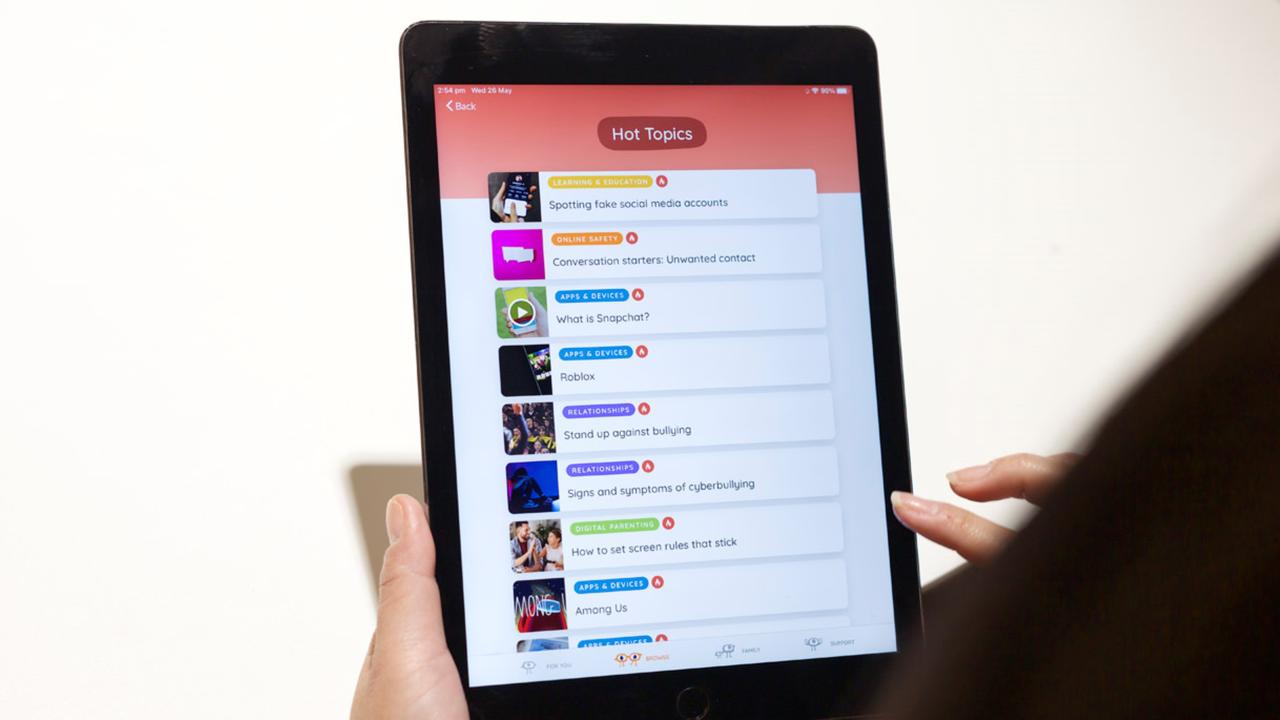Action against cyber-bullying now Amy ‘Dolly’ Everett’s lasting legacy
Do it for Dolly Day shines a light to help victims and families of cyber-bullying as a report finds Australian students among the most bullied in the world – what can your school do on May 9?

READING LEVEL: RED
Amy “Dolly” Everett should have celebrated her 22nd birthday on May 1, but after her life was tragically cut short following relentless bullying, her parents turned their attention to May 9 and named it Do it for Dolly Day.
Do it for Dolly Day is a day of grief for Dolly’s parents, Kate and Tick Everett, but it is also a call to action. After Dolly sadly took her own life at the age of 14, the Everetts decided to use their experience to support others and promote awareness through the anti-bullying organisation they founded, Dolly’s Dream.

New research has revealed that Australian school students are among the most bullied in the world, according to the Student and School Characteristics Report conducted by ACER, with one in six Australian students bullied every week.
New data released earlier this year from eSafety also revealed that children starting
secondary school account for more than a third of all cyber-bullying reports, which have
surged by more than 450 per cent in the past five years.
And with around two thirds of the reports relating to children aged 12-15 years old, it is clear that young people in the junior years of high school are increasingly at risk of online harassment and abuse.

Ms Everett said there was no single solution to the problem of cyber-bullying.
“To see those statistics of cyber-bullying on the rise is hugely concerning; we’re all going to have to become better digital citizens,” she said.
With Gen Alpha tweens and teenagers living such digital lives, one of the charity’s key resources is the free cyber safety app called Beacon, developed by The Kids Research Institute.

As well as the Beacon app, Dolly’s Dream school workshops cover anti-bullying and digital safety for students of all ages, as well as providing mental health first aid training for teachers. Ms Everett said that education was very important.
“(The app) has been one of our biggest passions, along with that support line when we started Dolly’s Dream,” she said. “Now I’m very happy with where we are and the resources that we have now.”

Based on more than 15 years of cyber safety research and more than 30 years of bullying research by The Kids Research Institute, the Beacon app, now in its second year with Dolly’s Dream, has already been downloaded over 30,000 times.
Once downloaded, families can access articles, videos and alerts on how to deal with cyber-bullying. The app facilitated more than 18,000 sessions in 2024 alone.

The Institute’s program head of population health, Associate Professor Francis Mitrou said the partnership between Dolly’s Dream and The Kids Research Institute has enabled Beacon to evolve into a more comprehensive and reliable resource in order to help keep kids and families safe.


“With a shared commitment, we will increase our reach into rural, regional and remote communities across Australia, ensuring access to essential cyber safety resources,” Assoc Prof Mitrou said.
Do it for Dolly Day on Friday 9 May is a day dedicated to bringing the community together, spreading kindness, raising funds and going blue (Dolly’s favourite colour) to stop bullying and share the message to be kind and speak – even if your voice shakes, because that happens to everyone and it’s completely OK.
The Beacon app is for iOS and Android devices.
Visit doitfordollyday.org.au

IF THIS STORY HAS AFFECTED YOU, PLEASE LET SOMEONE KNOW
Your family, school and loved ones are often the best place to start if you are feeling sad or if you are being bullied, but sometimes it can be easier talking to someone else. Here are some organisations in Australia where you will find support:
- Dolly’s Dream Support Line: 0488 881 033
- Kids Helpline: 1800 551 800
- Lifeline: 13 1114
- TIACS: 0488 846 988
- Mental Health Access Line: 1300 642255
- Suicide Call Back Service: 1300 659 467
- 13YARN: 13 9276
- Beyond Blue: 1300 22 4636
- ReachOut: au.reachout.com
POLL
Dolly's Dream: Break the silence
- GLOSSARY
- relentless: something that keeps happening and is hard to deal with
- eSafety Commissioner: an independent regulator for online safety
EXTRA READING
National phone ban for schools?
Health warning for kids on phones
Why TikTok could be banned in Australia
QUICK QUIZ
- What date is Do it For Dolly Day?
- What is the eSafety Commissioner and how can they help people being cyberbullied?
- How much of an increase in cyber-bullying reports were there last year?
- What is the aim of Dolly’s Dream?
- How can Beacon help kids who are being cyberbullied?
LISTEN TO THIS STORY
CLASSROOM ACTIVITIES
1. Better digital citizens
Dolly’s mum said that “we’re all going to have to become better digital citizens” to stop this upwards trend of cyber-bullying.
What have you learnt so far in cyber-bullying education sessions that has resonated with you the most?
Do you think the Beacon app will help educate people more on how to stamp out cyber-bullying?
What sort of technology or resources would you like to see available to all kids to help them become better digital citizens so a case like Dolly’s, never happens again?
Time: allow 20 minutes to complete this activity
Curriculum Links: English, Health and Physical Education, Personal and Social, Critical and Creative Thinking
2. Extension
Brainstorm some ideas of how you could mark Do it for Dolly Day in your school or family on May 9. Write a proposal to submit to your school council or principal to do something special to spread kindness on this day.
Time: allow 15 minutes to complete this activity
Curriculum Links: English, Health and Physical Education, Personal and Social, Critical and Creative Thinking
VCOP ACTIVITY
Summarise the article
A summary can be a really good way to grab the main idea plus some key points in the article as a highlight. Think of the summary like a little advertisement or extract you could use to encourage people to read the article in detail. You want to give them an overview of the article that includes the main idea (being able to tell the audience what the article is about in one sentence), plus a few of the key points of the information.
Remember to re-read your summary to check that it is clear, concise and makes sense to the audience who haven’t read the article yet. You need to make language choices that allow you to explain the information in only a few sentences.

